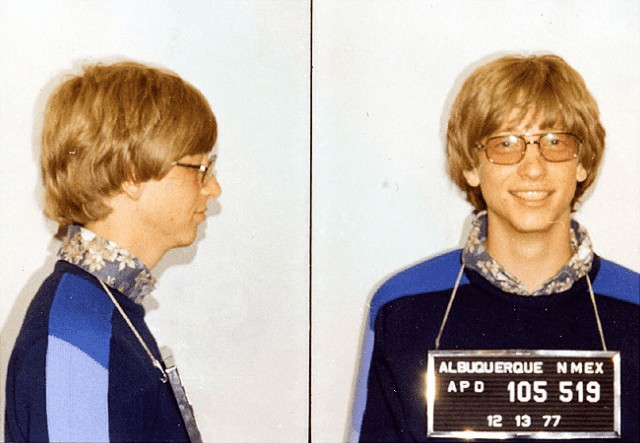Bill Gates, the co-founder of Microsoft, is a name synonymous with technological innovation and entrepreneurial success. But how did this tech giant acquire the coding skills that propelled him to revolutionize the computer industry? This article delves into the fascinating story of how Bill Gates learned to code, highlighting his early passion, relentless drive, and unconventional learning methods.
Bill Gates’ journey into the world of programming began in his early teens at Lakeside School, a prestigious preparatory institution in Seattle. Crucially, Lakeside possessed a groundbreaking asset for the time: a computer terminal. This access proved pivotal in igniting Gates’ lifelong passion for coding.
The Lakeside School Years: A Foundation in BASIC
In 1968, the world of computing was in its nascent stages. Yet, at Lakeside, a young Bill Gates found himself captivated by the school’s General Electric computer. He and his friend Paul Allen spent countless hours exploring the machine’s capabilities and immersing themselves in the intricacies of BASIC (Beginner’s All-purpose Symbolic Instruction Code). This early exposure to BASIC laid the foundation for Gates’ future programming endeavors.
Gates’ initial programming projects, like a tic-tac-toe game, were simple yet significant. They demonstrated his innate ability to understand and apply coding principles. Beyond games, Gates and Allen pushed their boundaries, even resorting to ingenious methods like pretending to be college students to gain access to more powerful computers at the University of Washington.
Beyond BASIC: Expanding Programming Horizons and Entrepreneurial Spirit
Gates’ learning wasn’t confined to BASIC. He delved into FORTRAN, utilizing it to create Traf-O-Data, a program designed to analyze traffic patterns. This early entrepreneurial venture, though ultimately unsuccessful, provided invaluable experience in combining coding skills with business acumen. It foreshadowed the future synergy that would define Microsoft’s success. Gates’ relentless curiosity led him to explore various computer systems, including the CDC 6400 and Burroughs 5500, further honing his programming skills.
The Altair 8800 and the Birth of Microsoft BASIC
A pivotal moment in Gates’ coding journey arrived with the Altair 8800, one of the first personal computers. Recognizing the potential of this groundbreaking machine, Gates and Allen developed a version of BASIC specifically tailored for the Altair. This innovation marked the birth of Microsoft and solidified Gates’ position as a leading figure in the emerging personal computer revolution. This adaptation of BASIC for the Altair 8800 was not just a technical achievement but a strategic masterstroke, establishing Microsoft as a key player in the burgeoning personal computer industry.
From Rebellious Teen to Tech Visionary: The Impact of Coding on Bill Gates
Gates’ early coding experiences shaped not only his technical skills but also his entrepreneurial mindset. His willingness to bend rules, his relentless pursuit of knowledge, and his unwavering belief in the transformative power of computers were all forged during those formative years. These qualities, combined with his exceptional coding abilities, propelled him to build one of the most influential companies in history. Coding provided Gates with a framework for problem-solving, a sense of control, and the confidence to challenge conventional thinking. These attributes proved essential in his journey from a self-taught coder to a global tech icon. His story serves as an inspiration to aspiring programmers and entrepreneurs alike, demonstrating the power of passion, perseverance, and a deep understanding of technology.

